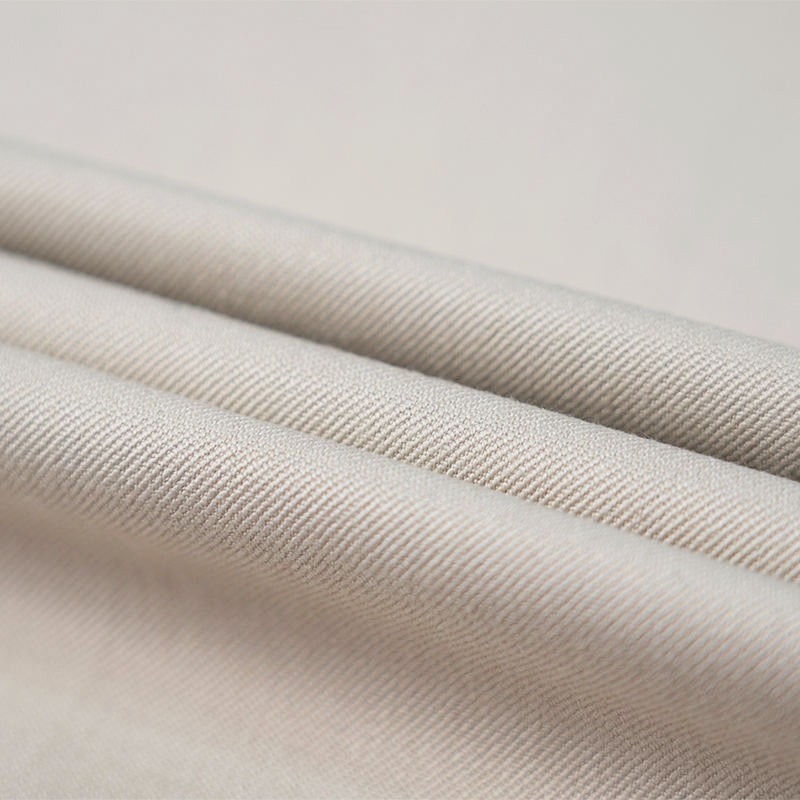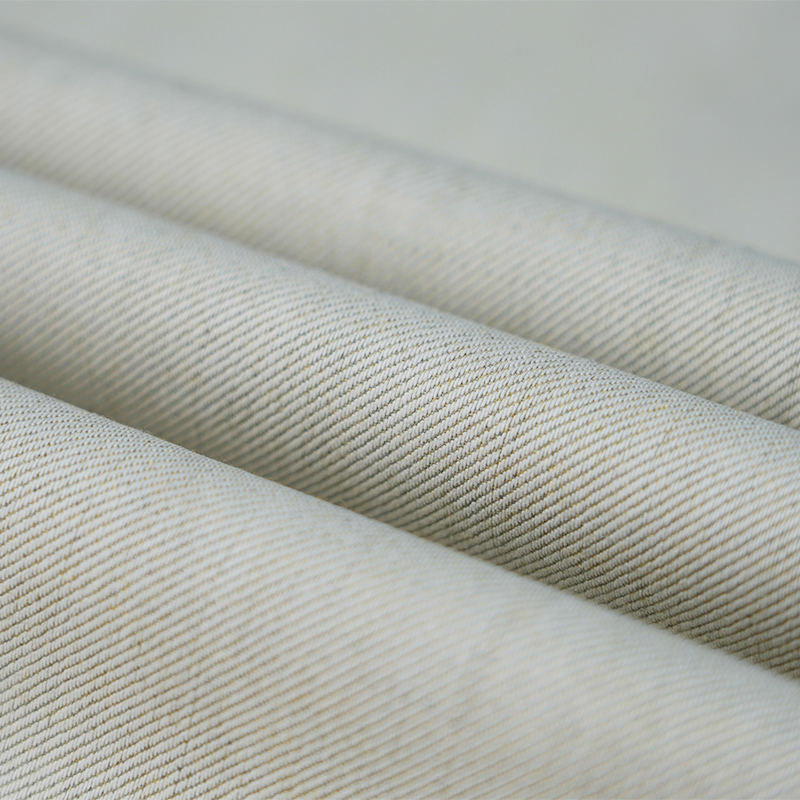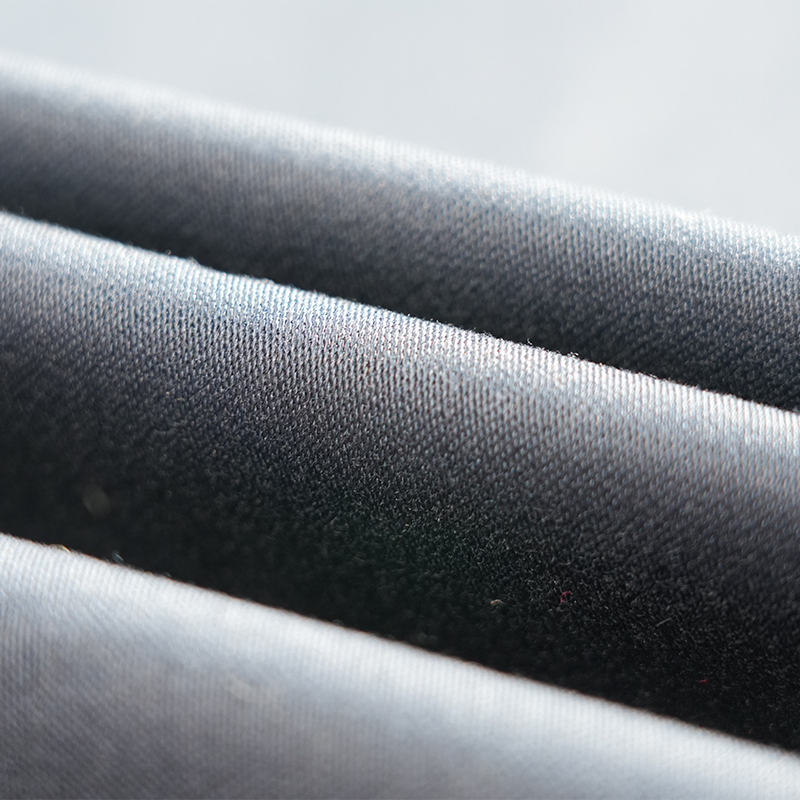Proper storage of arc protective flame retardant fabric is crucial. Improper storage can directly lead to decreased protective performance, damage to appearance, and even premature failure, resulting in significant safety risks and economic losses.
The following are detailed guidelines for the proper storage of FR fabric; please be sure to follow them:
Content
1. Storage Environment Requirements (The Most Critical Part)
Cleanliness and Contamination Separation:
Dedicated Area: A separate storage area or cabinet must be established. It is strictly forbidden to store it with ordinary clothing, chemicals, oils, cleaning agents, etc.
Contaminants are "Killers": The flame retardant properties of arc protective flame retardant fabric can be damaged by contaminants such as grease, chemicals (such as bleach, solvents), and metal shavings. Even invisible contaminants can become a source of combustion when an arc occurs.
Packaging: It is recommended to cover it with breathable acid-free paper or a clean plastic sheet to prevent dust, but do not seal it in a plastic box or thick plastic bag to avoid moisture accumulation.
Temperature and Humidity Control:
Keep Dry: The environment should be kept dry, with relative humidity ideally controlled between 50% and 65%. A damp environment can easily lead to mildew on the fabric, fiber damage, and even affect the stability of certain finishing flame retardants.
Temperature Stability: Avoid drastic temperature fluctuations. The ideal storage temperature is between 15°C and 25°C. Keep away from heat sources (such as radiators and boiler rooms) and avoid direct sunlight.
Avoid Light: Ultraviolet radiation is one of the main culprits of fiber aging. Long-term exposure to sunlight or strong fluorescent lights will cause the fabric to fade, lose strength, and deteriorate in performance.
Store in a dark place or use a blackout curtain.
Good Ventilation: Good ventilation can prevent musty odors and moisture buildup. However, ensure that ventilation openings do not introduce large amounts of dust.

2. Storage Methods (Specific Operations)
Hanging Storage (Preferred): Use wide hangers: For clothing made of arc-resistant flame-retardant fabrics (such as coats and trousers), use wide, curved hangers to avoid sharp creases at the shoulders. Wooden or fabric-covered hangers are preferred.
Maintain spacing: Keep garments spaced apart to allow for air circulation and prevent compression and deformation.
Store flat: For rolled or folded garments: If space is limited and folding is necessary, ensure they are neatly arranged.
Avoid stacking too high: Stacking too high puts excessive pressure on the bottom layers, leading to permanent creases and fiber fatigue.
Use dividers: Use clean cardboard or dividers between each layer to distribute pressure.
Regular rotation: Rotate folded fabrics regularly, alternating the top and bottom layers.
Avoid these practices:
Do not compress: Do not cram arc-protected flame-retardant fabrics into small, confined spaces.
Do not crease: Avoid creating unnecessary sharp creases, as these areas can become weak points under stress.
Do not use wire hangers or sharp hooks: These can damage fabric fibers or cause snagging.
3. Management and Maintenance
Clear Labeling: Clearly label storage areas, such as "For Arc Fighting Only" and "Chemicals Prohibited."
Maintain records for each garment or roll of fabric, including purchase date, date of use, and number of washes. This helps track its lifecycle.
Regular Inspection: Stored arc fighting flame retardant fabrics and garments should be inspected regularly (e.g., quarterly).
Inspection Items: Check for mildew, insect damage, stains, fading, aging, brittleness, or any physical damage. If any is found, immediately isolate the affected area and assess whether it can be repaired or must be discarded.
Follow Manufacturer's Guidelines: Arc fighting flame retardant fabrics of different compositions (e.g., aramid, flame retardant cotton, Modacrylic blends, etc.) may have slight storage differences. Always carefully read and follow the cleaning and storage instructions on the fabric or garment label.
4. Disposal and Replacement
All arc fighting flame retardant fabrics have a lifespan. They must be discarded and not used if:
Unremovable flammable contaminants (such as oil stains) are present.
The fabric becomes thinner, harder, more brittle, or its strength significantly decreases.
Hole, severe wear, or seam cracking occurs.
After the maximum permissible number of washes.
Exceeding the manufacturer's recommended lifespan.

 EN
EN 中文简体
中文简体 English
English русский
русский Español
Español Português
Português عربى
عربى















